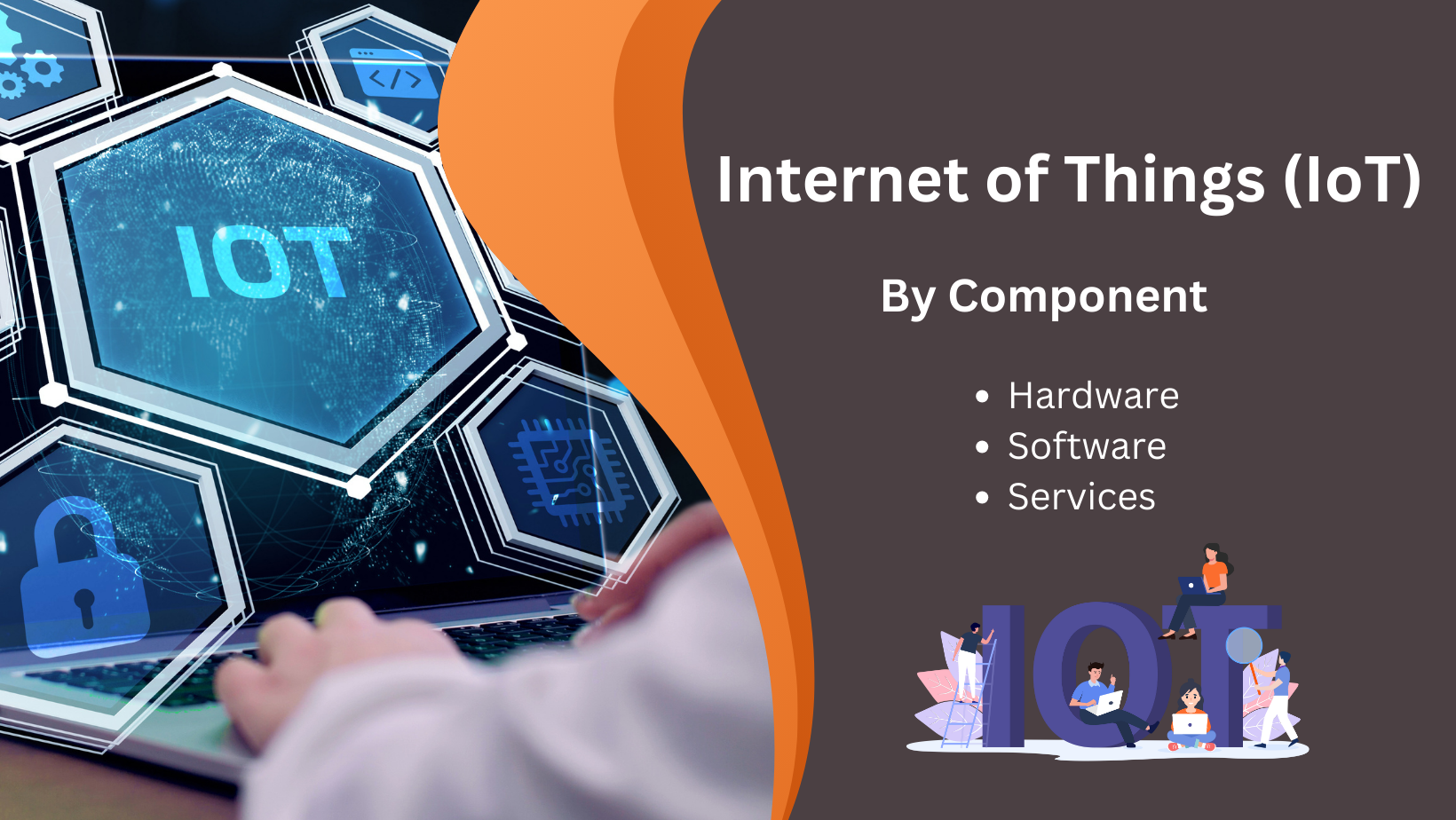The modern world is being quietly and profoundly reshaped by a vast, interconnected web of smart devices that are bridging the gap between our physical environment and the digital realm. This transformative technological paradigm, the Internet of things (IoT), refers to the global network of billions of physical objects—from everyday household appliances to sophisticated industrial machinery—that are embedded with sensors, software, and other technologies for the purpose of connecting to and exchanging data with other devices and systems over the internet. The fundamental goal of IoT is to create a world where physical objects can be digitally monitored, controlled, and optimized, leading to unprecedented levels of efficiency, convenience, and data-driven insight. This technology is moving beyond the realm of consumer gadgets to become the foundational nervous system for smart cities, automated factories, and data-rich healthcare systems, creating a new layer of intelligence that is seamlessly woven into the fabric of our daily lives and economic activities, unlocking immense value and driving the next wave of digital transformation.
The architecture of any IoT solution is built upon a layered technology stack, where each component plays a critical and interdependent role. At the base is the "perception layer," which consists of the physical devices and sensors that are the sensory organs of the network. These sensors can detect a vast range of environmental variables, such as temperature, motion, location, light, and chemical composition. The data collected by these sensors is then transmitted through the "network layer," which comprises a diverse array of connectivity technologies. This can range from short-range protocols like Wi-Fi and Bluetooth for home and office environments, to long-range, low-power networks (LPWANs) like LoRaWAN and NB-IoT for smart city and agricultural applications, and high-bandwidth cellular networks like 4G and 5G for use cases like connected vehicles. This data is then routed to the "application layer," which is typically a cloud-based platform where the immense streams of data are processed, stored, analyzed, and ultimately presented to users through a software application or dashboard, enabling them to monitor and control their connected assets.
The impact of this interconnected ecosystem is vast and spans virtually every sector of the economy. In the consumer space, IoT is the driving force behind the smart home, with devices like smart thermostats, security cameras, and voice assistants creating a more convenient, secure, and energy-efficient living environment. In the industrial sector, often referred to as the Industrial IoT (IIoT), sensors placed on factory equipment can monitor its health in real-time, enabling predictive maintenance that prevents costly, unplanned downtime. In agriculture, IoT sensors in the soil can provide farmers with precise data on moisture and nutrient levels, allowing them to optimize irrigation and fertilizer use to increase crop yields and conserve resources. In healthcare, wearable IoT devices can remotely monitor a patient's vital signs, providing doctors with a continuous stream of data that can improve chronic disease management and enable a more proactive approach to personal health. These diverse applications are just the beginning of a profound technological shift powered by the Internet of Things.



